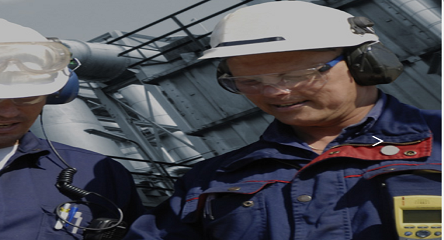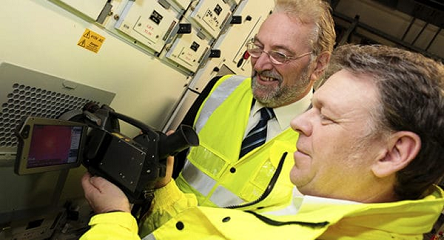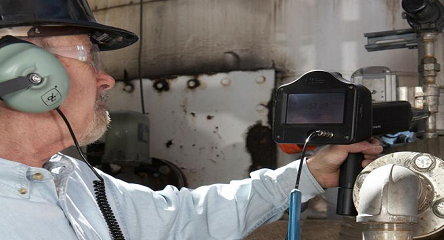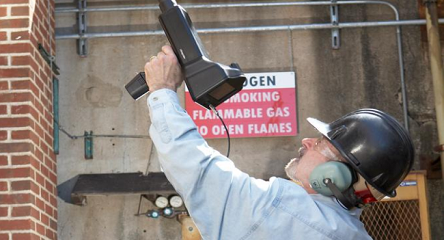How many of you have walked through your plants and heard a strange noise coming from somewhere? You may have noted that it didn’t sound good. When you hear those noises, there is usually a problem.
With ultrasound, we are listening in a high-frequency spectrum, outside our hearing range. When we get these changes in ultrasonic emission, we put on headphones and walk around again. Ultrasound allows us to pick up these sounds at an earlier stage.
Ultrasound is a relatively simple technology. Training is important, but so is common sense. We know that a bearing should sound smooth and uniform. If we hear “noise,” that should raise some alarms.
Another way to know whether what you’re listening to is good or bad is to compare the asset to others like it. Lots of plants have assets that are similar to each other, standby and main, for example, that can run under the same operating conditions.
One system had six similar motors, all of which were within 3 dB of each other except for one which was 12 dB higher. This might give me an idea of where the motor is in its life cycle.
But ultrasound can do more than allowing you to listen through headphones and make a decision. It shares similar properties and applications with vibration analysis, as all sound generated comes from a vibration.
Ultrasonically, we’re listening to friction and turbulence. A rotating asset has friction, and it’s generating ultrasound. The level of ultrasound generated depends on the amount of friction. If there is a good level of lubrication, the friction should be at its lowest, so the sound should be at its lowest. When the lubricant film decreases, the friction increases, and the sound increases.
We can use decibels to indicate condition, along with FFT and time waveform analysis, so we can see what’s going on. You can use ultrasound to build routes for all of your assets. You can collect the data and upload it with the sound recordings to software. You can then set alarm levels and review data over a historical period.
We can set baselines, alarm levels, reporting, and documentation. You can use software to do all of the analytics just as you would with similar aspects of vibration analysis.






